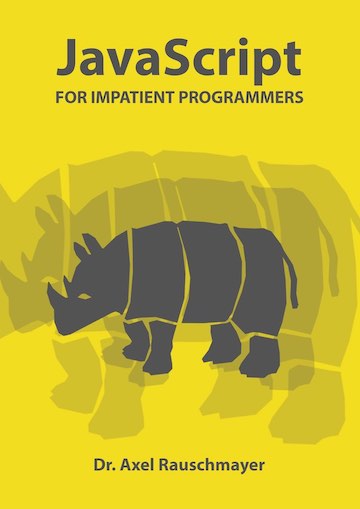ECMAScript 6’s parameter destructuring and forEach()
(Ad, please don’t block)
This blog post gives a brief introduction to destructuring in ECMAScript 6 and how the array method forEach() profits from it.
Destructuring
ECMAScript 6 allows you to destructure: the target of an assigment can be a pattern that allows you to look into the source of the assignment and assign to variables what you find there. The following is an example of destructuring used in a variable declaration:
> let { first: f, last: l } = { first: 'Jane', last: 'Doe' };
> f
'Jane'
> l
'Doe'
Another example: you can swap the values of two variables x and y like this:
[x,y] = [y,x];
Destructuring also works for parameters. The following function has two kinds of parameters: the first parameter is positional (identified by position), the remaining parameters are named (identified by name) and wrapped in a so-called options object (which is actually a second positional parameter).
function foo(positional, { named1, named2 }) {
return [ positional, named1, named2 ];
}
Ways of calling the above function:
> foo(123, { named1: 'abc', named2: 'def' })
[ 123, 'abc', 'def' ]
> foo(123, { named2: 'def', named1: 'abc' })
[ 123, 'abc', 'def' ]
You can specify default values for both positional and named parameters, thus making them optional [1].
Destructuring and forEach()
Destructuring parameters in ES6 is useful for the Array.prototype.forEach() method. An example:
let items = [ ['foo', 3], ['bar', 9] ];
items.forEach(([word, count]) => console.log(word+' '+count));
Above, the argument of forEach() is an arrow function, a compact way of writing a function expression that is new in ECMAScript 6 [2].
The elements of an array can also be objects:
let items = [ {word:'foo', count:3}, {word:'bar', count:9} ];
items.forEach(({word, count}) => console.log(word+' '+count));
The object literal
{ word, count }
is an abbreviation for
{ word: word, count: count }
You could therefore write the above loop like this:
items.forEach(({word: w, count: c}) => console.log(w+' '+c));
Note: ECMAScript 6 has new for-of loops where you can also use destructuring [3]:
for ([word, count] of items) {
console.log(word+' '+count);
}




